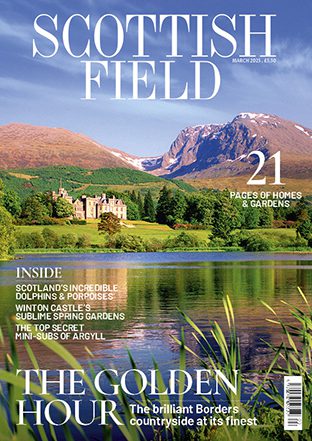
Gardening Column, Hamish Martin: ‘St John’s Wort is magical in every sense’
There is no other plant that signifies the Summer Solstice like St John’s Wort. It is magical in every sense of the word, ancient, filled with tradition and healing.
I always harvest the flowers on 21 June as its energies represent the sun in Celtic traditions. I harvest the flowers and fill a jar with them, then fill the jar with organic almond oil (any oil will do but almond oil is a lovely light oil and a great carrier) and leave the flowers to steep for two weeks by a sunny window, shaking the jar once or twice a day.
Then watch how the oil undergoes a spectacular colour change, just like alchemy, the oil goes deep red after the two weeks. You are then ready to strain out the flowers and bottle the St John’s wort oil into a clean jar or bottle and label and date.
One of the best uses of this oil, when applied, is in aiding the healing of minor burns, wounds and bruising. It helps the skin’s regenerative process by stimulating the circulation of oxygenated blood to damaged cells and in improving the skin’s elasticity and hydration.
Before this plant was given the name we know it by now, hypericum, it was called hypereikon. This old Greek name comes from hyper, meaning ‘over’ and eikon, meaning ‘image’, because the plant was hung over the statues of the Gods to drive any evil spirits off.
So why did this plant become known as St John’s Wort? It wasn’t until the Catholic Church moved into Europe that the priests thought they ought to control the pagan midsummer fire festivals, to which the plant, hypericum, was central.
Just as they had sanctified the winter solstice by connecting it with the birth of Christ, they consecrated the summer solstice with the birthday of John the Baptist, who baptised Christ.
The midsummer’s eve bonfires became the ‘fires of St John’ and hypericum naturally became known as St. John’s Wort (wort an old Anglo-Saxon word for a herb or medicinal plant).
Read more Garden stories here.
Subscribe to read the latest issue of Scottish Field.
TAGS

